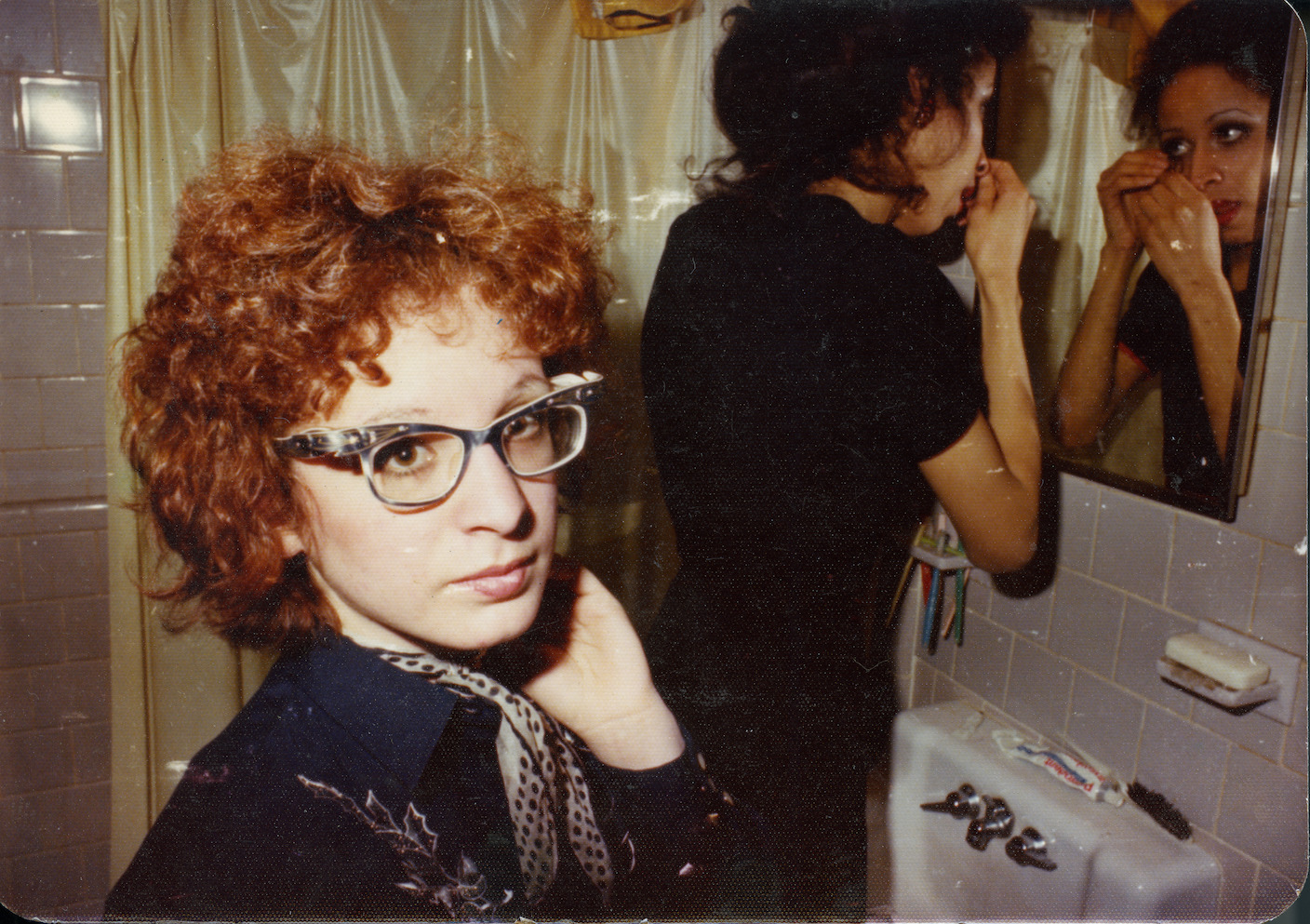Laura Poitras’ documentary about Nan Goldin tells the story of her life through art and activism.
All Beauty and Bloodshed tells the story of documentary photographer Nan Goldin. The film is available in select theaters. (Courtesy of Nan Goldin)
Laura Poitras’s impressive documentary All Beauty and Bloodshed juggles many themes without losing sight of the film’s subject: photographer and activist Nan Goldin. The film tells the story of Goldin’s past and how it influenced her vision as an artist, which later influenced her activism.
The documentary moves through chapters using headings to divide periods of Goldin’s life. Each chapter intertwines her art with her activism, creating a tapestry that explains what made her passionate about showcasing marginalized communities through her art.
All Beauty and Bloodshed opens with Goldin launching a lawsuit against the Sackler family, owners of Purdue Pharma, the company responsible for the overprescribing of addictive drugs. In the past, Sackler’s name has been adorned by famous art museums such as the Tate group, the Guggenheim and the Louvre, as they have donated to many art institutions. The film begins with Goldin’s 2018 protest against the Sackler Wing at the Metropolitan Museum of Art. Goldin and other protesters threw pill bottles into the water of the moat at the Temple of Dendur exhibit, chanting, “Sacklers lie! People are dying!”
Goldin’s creation of Prescription Addiction Intervention Now and the organization’s actions against museums that kept Goldin’s work in their permanent collections form the basis for Poitras’ image of Goldin. Goldin was found to be addicted to OxyContin and overdosed before becoming sober.
Scenes of Goldin’s activism are combined with vivid flashbacks in which she talks about her childhood and the suicide of her older sister Barbara. Goldin blames his parents for his sister’s suicide, claiming that they are incapable of having children. Goldin credits Barbara’s avoidable death as the spark that ignited her rebellious spirit and the beginning of her life and activism.
After the death of her sister, Goldin’s parents send her to a foster family in the hope that she will not suffer the same fate. After feeling like an outcast for years, Goldin finally found a family among the LGBTQ+ community on the East Coast, where she also discovered the power of photography.
The film details her transition into adulthood, detailing her move to New York and her various sex businesses and bartending. During this time, Goldin began sharing her photos and created her most notable collection, The Ballad of Sex Addiction. The play focuses on the sexual images of Goldin and her friends, which defy the norms of typical art of the time. Goldin found strength in the camera, using art to shape her activism.
The most poetic part of the film is when Goldin’s activism during the AIDS crisis is superimposed on her PAIN lawsuit. Although the AIDS crisis and the opioid epidemic are very different, Poitras uses Goldin’s passion for AIDS to contextualize her commitment to PAIN and the fight against the Sacklers. Poitras connects these two streams of Goldin’s activism by focusing on an art show she organized that showcased the art of her friends with AIDS.
This documentary captures many of Goldin’s successes as she learns of the fallout from her lawsuit—the Sackler name was removed from museums around the world. Goldin’s joy and enthusiasm is very clear throughout the film, despite the fact that Goldin’s face is rarely shown during interviews. Although Goldin is a great speaker and the archival footage used was beautiful, it would have been more intimate if the audience could have seen Goldin as she talked about her life in detail and emotion.
Goldin’s work is raw. The film in the documentary is not perfect, sometimes the camera shakes and zooms awkwardly, and at one point a vague finger peeks into the frame. The imperfections seem almost purposeful, reflecting her work. This decision makes the film more real and shows a more accurate portrayal of Goldin, who reveals her imperfections again and again.
All Beauty and Bloodshed is a tribute to the power of art as it weaves together many moments in Goldin’s life to show how her work was shaped by her activism and passion and how it helped and influenced her views and judgments of art and the artistic process.
Contact Sage Gipson at [email protected]







.jpg)